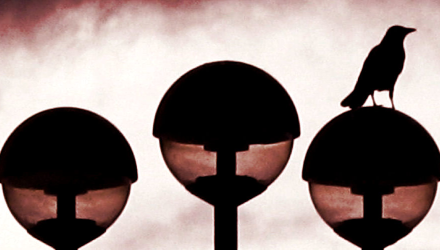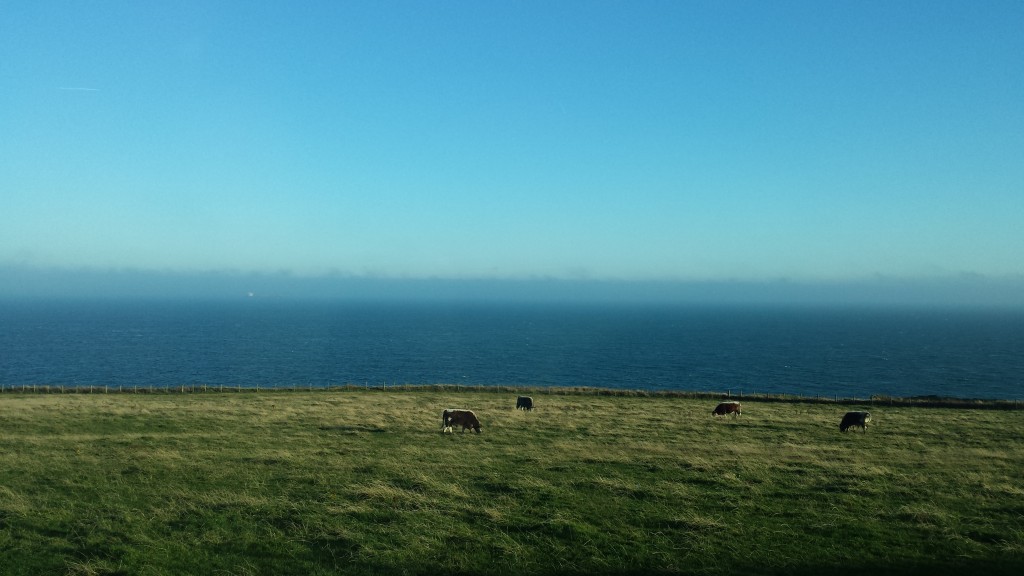Some massive jellyfish had washed up at St Cyrus when we took Floof for a scamper on Sunday. The sight sparked a fragment, which isn’t much, but it’s nice to have produced something new. I suspect this belongs in the same world as the unpublished (but prone to receiving good personal rejections), genderqueer Swimming Lessons for Girls.
It always started with the jellies. There were occasional rafts of them in all seasons, globular forms flattening like griddle cakes on the white sand without the supporting embrace of the ocean. The children would come running, screaming, “They’re coming! They’re coming!” and the old men puffed their pipes and squinted over the heather at the tideline, then settled back against the daubed walls of their houses, eyes glittering like winter sun on chop. Those were the small ones, no bigger than a forearm’s length across, innards forming patterns passed on as jumping games for eons. They baked in the sun until they were the same colour as the sand, and then the tide took them back.
But when the big ones came, crystalline orbs driven up onto the sand by waves big enough to crack rocks, the men got off their benches and put out their pipes. They went to the burn and filled their waxed pails, ensured the wet peat was banked high above the strandline and all the rooves were sodden.
Because when the big ones came, the ocean-goers, the deep swimmers, crashing ashore in storms that brought mass strandings of silver, flung birds bent, broken and bloody against the dunes, and turned unwary seals to carrion, those Others were not far behind.






